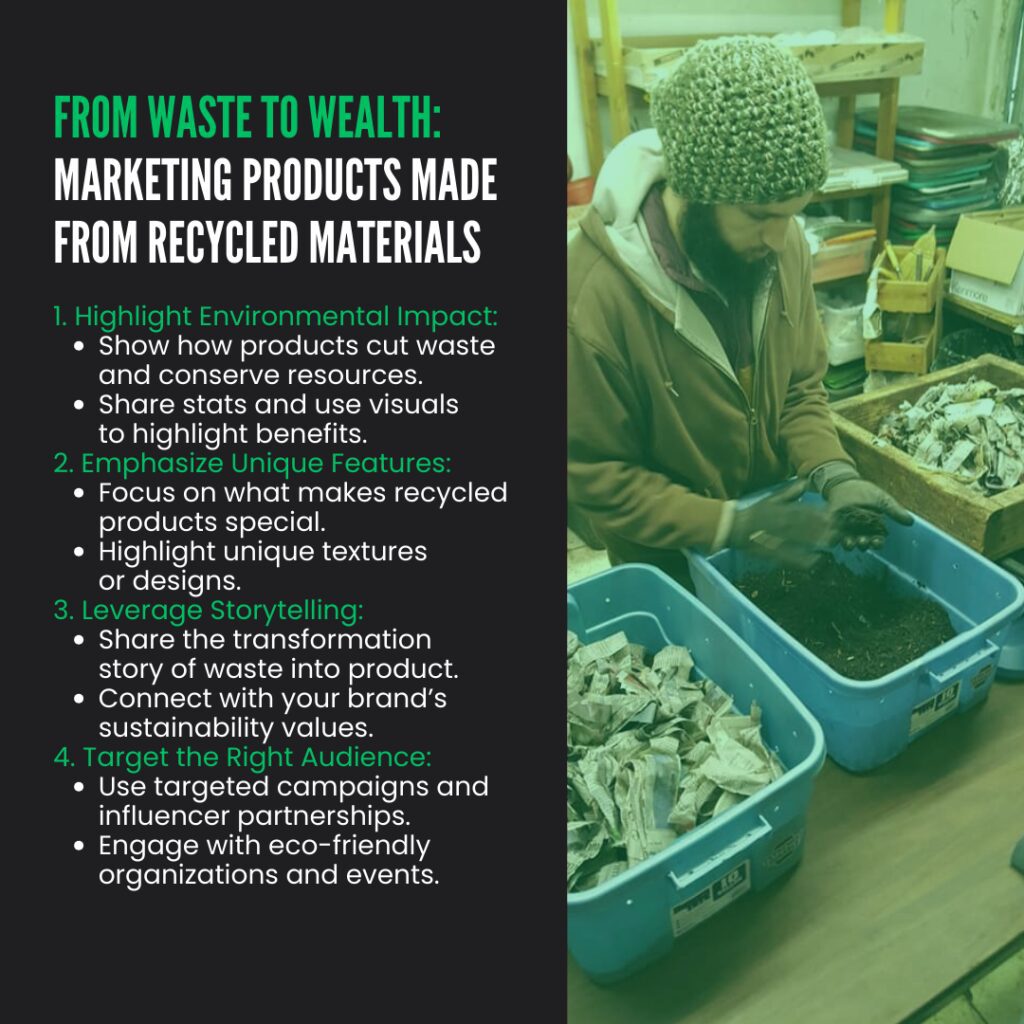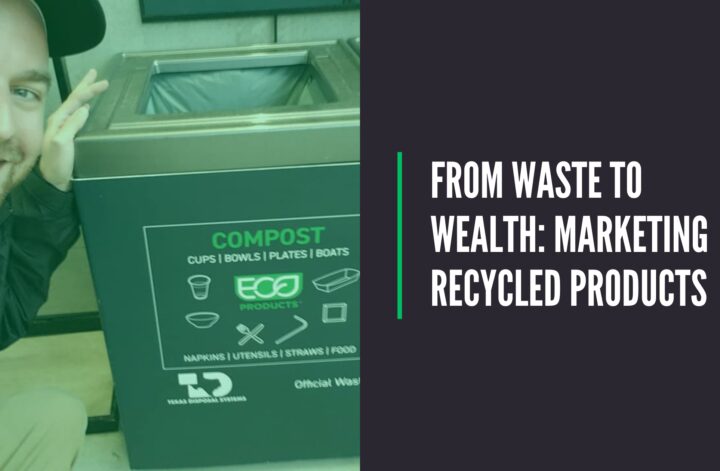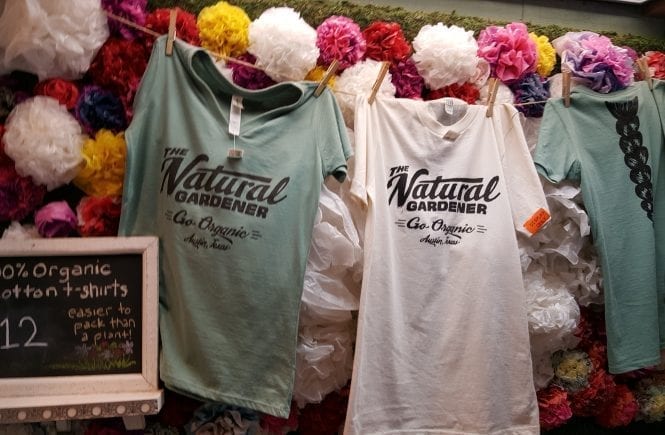As more people become aware of the need for sustainable practices, products made from recycled materials are rapidly becoming a favorite among consumers and businesses. These innovative products do more than reduce waste—they represent a shift towards a circular economy, where resources are continuously reused and repurposed rather than discarded. For businesses, this is a significant opportunity. Effectively marketing recycled or upcycled products can appeal to environmentally conscious consumers and differentiate a brand in a crowded marketplace. Let’s dive into how to showcase the value of these products by highlighting their environmental and economic benefits.
Highlighting Environmental Impact:
When it comes to marketing recycled products, the most compelling story is often their positive environmental impact. Consumers today are increasingly looking for products that contribute to a healthier planet. Start by emphasizing how a product reduce waste, conserve resources, and help protect the environment. For example, if a company makes shoes from recycled ocean plastic, share the story of how much plastic waste has been removed from the ocean to create each pair. Use data and statistics to make a point clear and impactful: “This product has diverted 10,000 pounds of plastic from landfills” or “Using recycled materials has reduced our carbon footprint by 50%.”
Visual content can be especially effective here. Infographics, videos, and social media posts that clearly show the journey from waste to product can help consumers visualize the positive impact they are making by choosing a product. Seeing the transformation from a discarded plastic bottle to a trendy backpack can make a powerful statement about the product’s value and the brand’s commitment to sustainability.
Emphasizing Unique Selling Points:
Products made from recycled materials often come with unique characteristics that distinguish them from conventional alternatives. This could be anything from a distinctive texture and feel to a novel aesthetic appeal. When crafting marketing messages, emphasize these differentiators. For instance, a notebook made from recycled paper isn’t just eco-friendly; it might also have a unique, rustic texture that gives it a distinctive, premium feel. Or consider a jacket made from recycled fabrics that not only keeps one warm but also tells a story through its patchwork design—each piece of fabric having a history of its own.
Highlighting these unique qualities can attract consumers who are looking for products that stand out in a crowd, not just because they are sustainable but also because they are stylish, innovative, and thoughtfully designed. Make sure the messaging captures this dual appeal to tap into the growing market of consumers who want to make ethical purchases without sacrificing quality or style.
Leveraging Storytelling and Brand Values:
People are naturally drawn to stories, especially those that resonate with their own values and beliefs. Telling the story behind recycled products can create a deep emotional connection with an audience. Share the journey from waste to product, including the challenges and successes along the way. For example, if a brand produces clothing from discarded fishing nets, tell the story of how the team collaborates with coastal communities to collect the nets and transform them into high-quality fabrics.
Align this narrative with a brand’s core values and commitment to sustainability. Highlight any partnerships with environmental organizations, contributions to conservation efforts, or how they ensure ethical labor practices throughout the supply chain. Transparency is key—consumers are more likely to support brands that are open about their processes and show a genuine commitment to environmental stewardship.
Targeting the Right Audience:
To maximize the impact of marketing efforts, it’s essential to target the right audience segments—those who are already interested in sustainability and are more likely to value recycled products. Use targeted social media campaigns, email newsletters, and influencer partnerships to reach eco-conscious consumers. Partner with influencers who are known for their commitment to sustainability and have a loyal following that aligns with target demographics.
One can also collaborate with environmental organizations and participate in eco-friendly events and fairs. These platforms provide a great opportunity to showcase products, engage directly with audiences, and reinforce commitments to sustainability. Moreover, events and collaborations can create a sense of community among consumers who share values, further solidifying their connection to a brand.

Conclusion:
Marketing products made from recycled materials is about more than just promoting their environmental benefits; it requires a well-rounded approach that includes storytelling, highlighting unique features, and effectively targeting the right audience. By clearly communicating the value and impact of these products, brands can attract eco-conscious consumers, build brand loyalty, and contribute to a more sustainable future. Ultimately, turning waste into wealth is not just good for the planet—it’s good for business too.
*Content was generated with AI based on my notes and direction, then edited and refined by me for accuracy.




